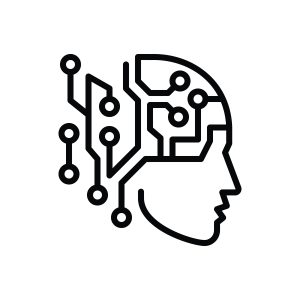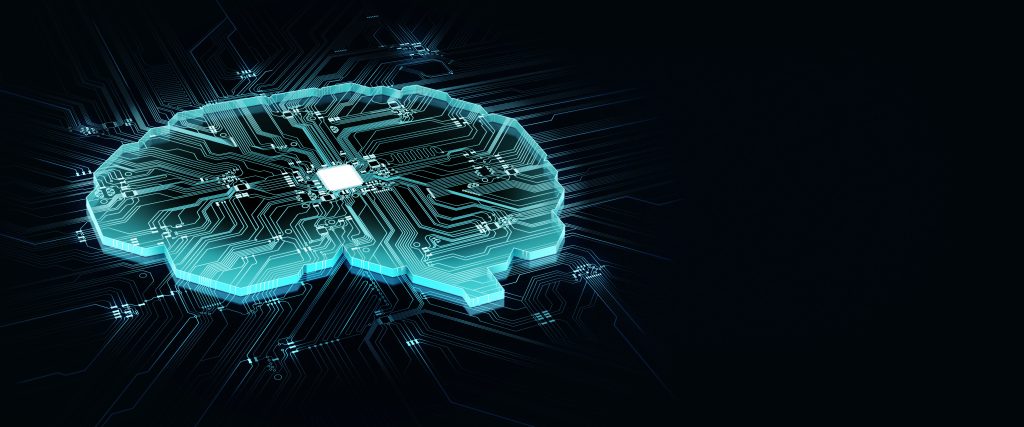How does Microsoft designer work in PowerPoint? How good are the new ai generated presentation designs? Bottom line, it is a quick and handy tool for non-designers to create entry level graphics for their PowerPoint presentations when you are lacking time and creativity.
In the realm of technology and innovation, artificial intelligence (AI) continues to push the boundaries of what we thought was possible. Microsoft, one of the leading tech giants, recently unveiled its latest creation, the Microsoft Designer AI. With promises of revolutionizing design workflows and enhancing creativity, the expectations for this new AI-driven tool were sky-high. However, as with any emerging technology, it’s important to examine the realities that come along with it. In this blog post, we will delve into the expectations versus the reality of the New Microsoft Designer AI.

Expectation 1: An End to the Tedious task of Design.
One of the most alluring promises of AI-driven design tools is the ability to automate repetitive and time-consuming tasks. Designers and non-designers alike eagerly anticipated the updated Microsoft Designer AI to streamline their workflows, freeing up more time for other tasks. The real expectation was that this new AI for designs would effortlessly handle tasks such as suggesting graphics and colors, resizing images, generating color palettes, and even suggesting slide layout options.
Reality 1: Augmenting, Not Replacing Designers
While the new Microsoft Designer AI does provide some valuable assistance, it is important to understand that it is designed to augment the work of experienced designers rather than replace them. Simply put, AI is not yet advanced enough to completely take over the intricate and subjective decision-making processes involved in artistic design. Instead, the AI focuses on providing intelligent suggestions and automating certain repetitive tasks, allowing designers to focus on the more creative aspects of their work.
Expectation 2: Enhanced and Improved Creativity and Innovation
Another common expectation was that the Microsoft Designer AI would spark new levels of creativity and innovation. With its ability to analyze vast amounts of data and generate unique design options, designers envisioned themselves pushing boundaries and discovering fresh approaches to their projects through the eyes of AI.
Reality 2: A Tool for Inspiration and Exploration
The reality is that while the AI can indeed generate generic design options, it is ultimately up to the human designer to infuse these options with their own creativity and innovation. The Microsoft Designer AI serves as a good tool for inspiration and exploration, providing designers with new perspectives and possibilities. It can suggest alternative layouts, typography choices, and even generate design variations, but it is the designer’s vision and expertise that shape the final outcome into something meaningful. What comes straight out of the box is generic and repetitive.
Expectation 3: Improved Collaboration and Communication
Collaboration is a cornerstone of the design process, and the expectation was that the Microsoft Designer AI would facilitate seamless collaboration among team members. Designers hoped that the AI could understand and interpret their design intent accurately, making it easier to communicate ideas and iterate on designs.
Reality 3: A Learning and Evolving Partner
While the Microsoft Designer AI has made strides in facilitating collaboration, it is important to recognize that it is a learning and evolving entity. The reality is that effective collaboration still heavily relies on clear communication and human interpretation. The AI can understand design elements, analyze feedback, and suggest improvements, but it requires input and guidance from designers to truly optimize the collaborative process.

Final thoughts:
The new Microsoft Designer AI has undoubtedly brought advancements and numerous improvements to design, offering valuable assistance to designers and non-designers, augmenting and improving their workflows. While it may not fulfill all the grand expectations that surround AI-driven design tools, it does fill some roles and will speed up and improve your designs. It is crucial to understand the realities and limitations that come along with this emerging technology. As Microsoft Designer AI continues to evolve and learn from designers’ inputs, it has unlimited potential to become an even more powerful tool, further enhancing the creative process and pushing the boundaries of design innovation. For now, it is the harmonious collaboration between humans and AI that will ultimately shape the future of design.
Get Unlimited Access to EVERYTHING
• starting at only $49
• 1 User
• Over 40,000+ Royalty Free Designs
• One Time Payment
• Unlimited downloads
• Fast & Free Support
• Early Access to AIPresentationBOOST PowerPoint AI (beta)
• Express PowerPoint addin

designs for PowerPoint and build presentations that get noticed!


